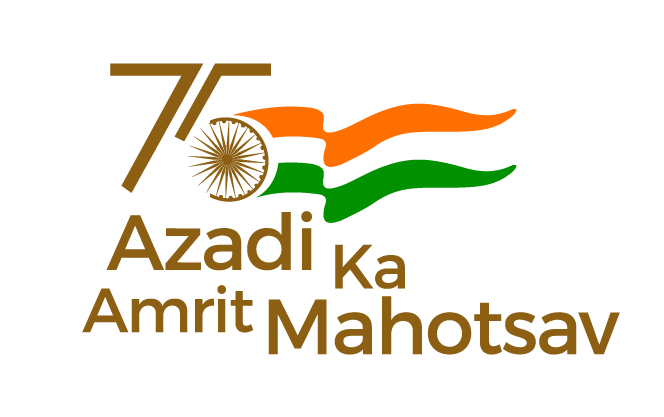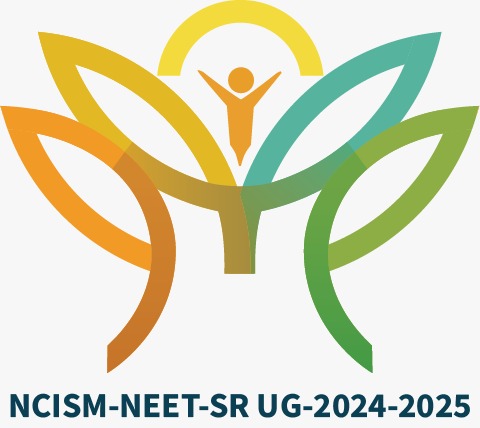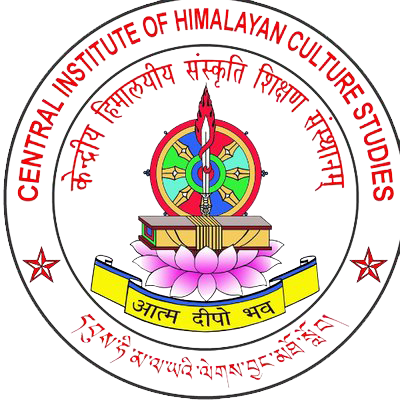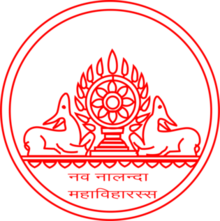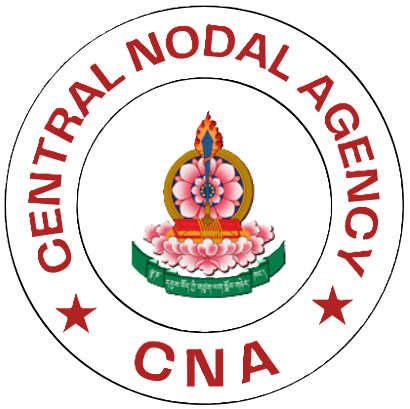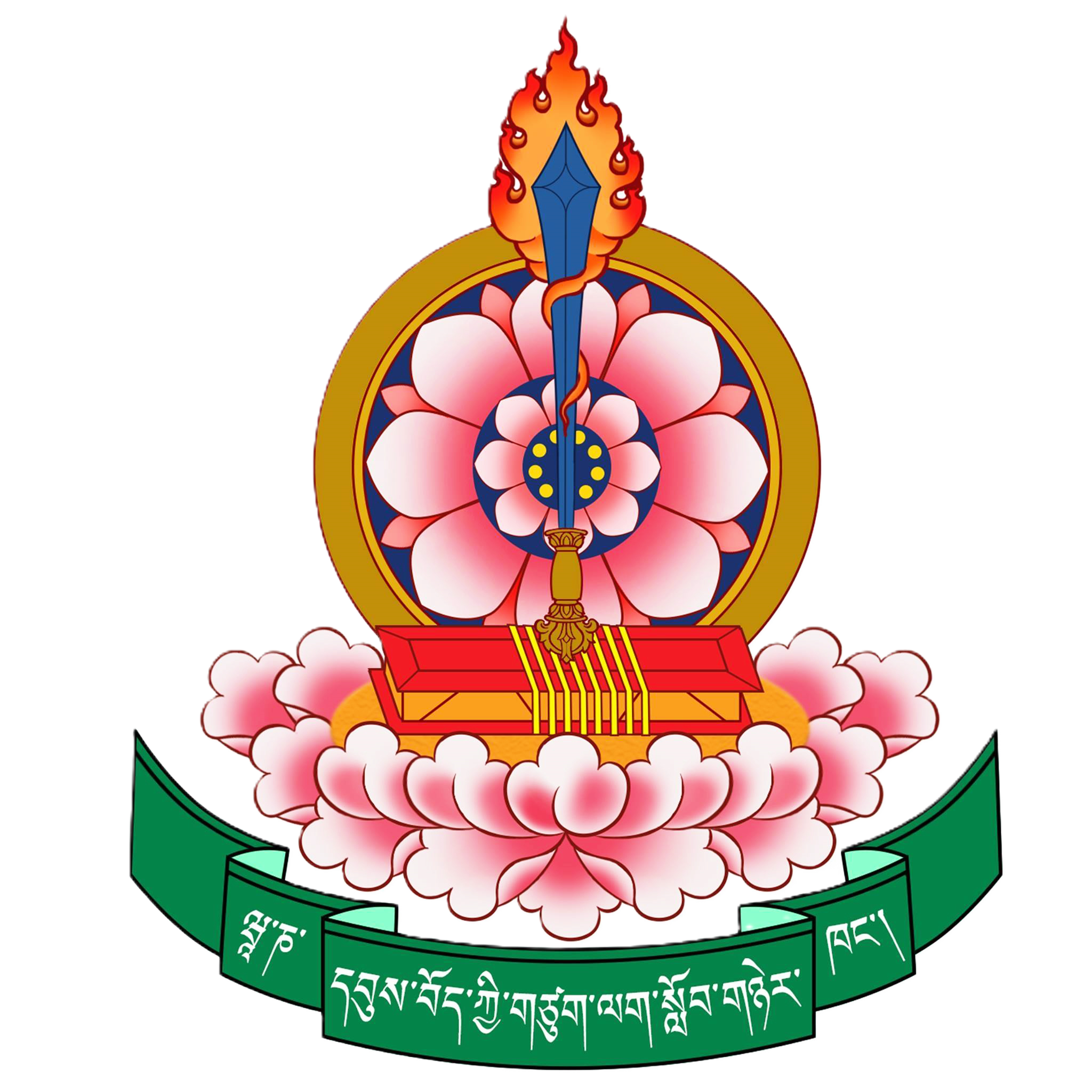Sampradaya
གསལ་བསྒྲགས།
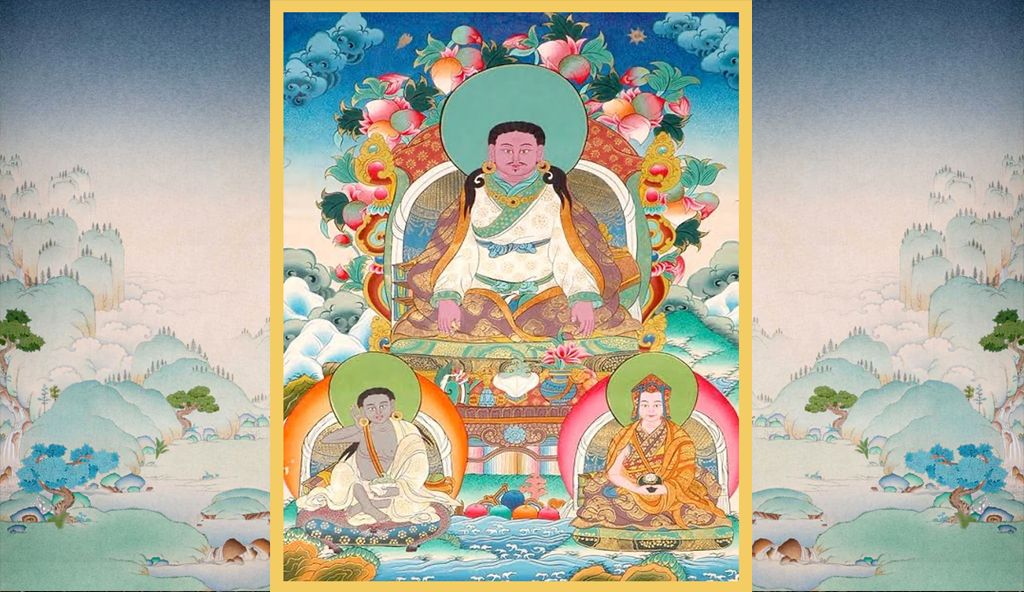
བཀའ་བརྒྱུད་ཆོས་བརྒྱུད།
བོད་བརྒྱུང་ནང་བསྟན་གྱི་ཆོས་བརྒྱུད་ཆེན་པོ་བཞིའི་ཡ་གྱལ་བཀའ་བརྒྱུད་ནི། འཕགས་ཡུལ་གྱི་གྲུབ་པ་ཆེན་པོ་རྗེ་ནཱ་རོ་པ་དང་མཻཏྲིཔ་ལས་བརྒྱུད་པའི་ཆོས་བརྒྱུ ད་ཅིག་ཡིན། བཀའ་བརྒྱུད་ལ་མར་པ་ལོ་ཙཱ་བ་ དང་ཁྱུང་པོ་རྣལ་འབྱོར་ གཉིས་ལས་མཆེད་པའི་བརྒྱུད་པ་མི་འདྲ་བ་གཉིས་ཡོད་པ་ལས་མར་པ་ལོ་ཙཱ་བ་ལས་བྱུང་བ འི་ཆོས་རྒྱུན་ནི་སྔ་བ་ཡིན། རྗེ་མར་པ་ལོ་ཙཱ་བས་འབྲོག་མི་ཡེ་ཤེས་ཀྱི་དྲུང་ལས་སློབ་གཉེར་དང་ལོ་ཙཱ་བསླབས་ ཏེ། ཆོས་ཀྱི་ཕྱིར་རྒྱ་གར་དུ་ལན་གསུམ་དང་བལ་ཡུལ་དུ་ལན་བཞི་བྱོན། འཕགས་ཡུལ་གྱི་མཁས་གྲུབ་དུ་མའི་ཞབས་སུ་གཏུགས་ཡོད་པ་ལས་གཙོ་བོ་གྲུབ་པ་ཆེན་པོ་ དཔལ་ན་རོ་པ་དང་མཻཏྲེཔ་གཉིས་ཀྱི་ཞབས་ལ་གཏུགས། ༧རྒྱལ་བ་རྡོ་རྗེ་འཆང་ལས་གྲུབ་ཆེན་ཏེ་ལོ་པ་(༩༨༨ -༡༠༦༩)དང་། དེ་ལས་དཔལ་ན་རོ་པར་(༡༠༡༦ - ༡༡༠༠)བརྒྱུད་པའི་གསང་སྔགས་ཀྱི་གདམས་པ་གཙོ་བོ་གཏུམ་མོ་དང་། སྒྱུ་ལུས། འོད་གསལ། ཟུང་འཇུག གྲོང་འཇུག འཕོ་བ་བཅས་ཀྱི་གདམས་པ་ཡོངས་སུ་ཞུས། རྗེ་མར་པ་ལོ་ཙཱ་བས་གདམས་པ་དེ་དག་བོད་དུ་གདན་དྲངས་ཏེ། ཕྱིས་སུ་ཉིད་ཀྱི་སློབ་མའི་གཙོ་བོ་རྗེ་བཙུན་མི་ལ་རས་པར་བུམ་པ་གང་འཇོའི་ཚུལ་ དུ་ལེགས་པར་བསྩལ། རྣལ་འབྱོར་གྱི་དབང་ཕྱུག་རྗེ་བཙུན་མི་ལ་རས་པ་(༡༠༤༠ - ༡༡༢༣)མཆོག་ནི། གསང་སྔགས་ཀྱི་གྲུབ་པ་ཉམས་བཞེས་མཛད་དེ་རྫོགས་པའི་མྱང་འདས་མངོན་དུ་མཛད་མཁན་ གྱི་བོད་ཀྱི་གྲུབ་པ་གཅིག་པུ་དང་། རྗེ་མར་པའི་སྒོམ་པ་ཕྱག་བཞེས་མཛད་དེ་གདམས་ངག་གི་བརྒྱུད་པ་སྤེལ་བར་མཛད་པ་མ་ཟད། རྗེ་མར་པའི་སློབ་མ་གཞན་རྔོག་ཆོས་སྐུ་རྡོ་རྗེ་དང་། མཚུར་སྟོན་དབང་རྒྱལ། མེ་སྟོན་ཆེན་པོ་སོགས་ཀྱིས་རིམ་བཞིན་གདམས་པ་བརྒྱུད་སྤེལ་མཛད་པ་སོགས་ལ་བརྟེན་ ནས་མདོ་སྔགས་བཟུང་འབྲེལ་གྱི་བཀའ་བརྒྱུད་ཆོས་བརྒྱུད་བྱུང་། རྗེ་སྒམ་པ་པོ་(༡༠༨༤ -༡༡༦༡) དང་རས་ཆུང་རྡོ་རྗེ་གྲགས་པ་(༡༠༨༤ - ༡༡༦༡)གཉིས་ནི་རྗེ་མི་ལ་རས་པའི་སློབ་མའི་གཙོ་བོ་གཉིས་ཡིན།
ཆོས་རྗེ་སྒམ་པོ་པས་རྗེ་བཙུན་མི་ལ་རས་པའི་དྲུང་ནས་ཕྱག་ཆེན་གྱི་གདམས་པ་དང་། ནཱ་རོ་ཆོས་དྲུག་གི་ཉམས་ལེན་གྱི་གདམས་པ་རྣམས་མཐིལ་ཕྱིན་པར་ཞུས་ཏེ་དེ་དག་བ རྒྱུད་པ་གཅིག་ཏུ་བསྡུས། བརྒྱུད་པ་དེ་ནི་དྭགས་པོ་བཀའ་བརྒྱུད་ཅེས་བཀའ་བརྒྱུད་པའི་བརྒྱུད་པ་ཡོངས་ཀྱི་མ ་བརྒྱུད་དུ་གྱུར། ཤངས་པ་བཀའ་བརྒྱུད་ནི་བཀའ་བརྒྱུད་ཀྱི་བརྒྱུད་པ་ཐོག་མའི་རྣམ་པ་གཉིས་ཀྱི་ནང་ནས ་གཅིག་ཡིན་པ་དང་། དེ་ནི་མཁས་གྲུབ་ཁྱུང་པོ་རྣལ་འབྱོར་(༩༧༨-༡༠༧༩) གྱིས་ སྲོལ་གཏོད་པའི་བརྒྱུད་པ་ཡིན་པ་དང་། ཁོང་གིས་བལ་ཡུན་ནས་སློབ་དཔོན་སུ་མ་ཏི་དང་མཇལ་འཕྲད་བྱུང་སྟེ། ཁོང་གི་དྲུང་ནས་ལོ་ཙཱ་བསླབས་ཤིང་ཕྱིས་སུ་རྒྱ་གར་ཕེབས། ཁོང་གིས་རྒྱ་གར་གྱི་མཁས་པ་བརྒྱ་ཕྲག་མང་པོའི་ཞབས་ལ་གཏུགས་ཏེ། ལྟ་གྲུབ་དང་གསང་སྔགས་ཀྱི་གདམས་པ་སྣ་ཚོགས་མནོས་ཏེ་མདོ་སྔགས་ཀྱི་གཞུང་ལུགས་མཐ འ་དག་ལ་མཁས་པར་གྱུར། འཕགས་ཡུལ་གྱི་མཁས་གྲུབ་ཆེན་པོ་སུ་ཁ་སིདྡྷི་དང་། རཱ་ཧུ་ལ་གུཔྟ། ནཱ་རོ་པའི་གསང་ཡུམ་ནི་གུ་མ་བཅས་ནི་ཁོང་གི་རྩ་བའི་བླ་མའི་གཙོ་བོ་རྣམས་ཡིན། ཕྱིས་སུ་བརྒྱུད་པ་འདི་ལ་ཤངས་པ་བཀའ་བརྒྱུད་ཅེས་སུ་གྲགས། དྭགས་པོ་བཀའ་བརྒྱུད་ལ་ཡན་ལག་གི་ཆོས་བརྒྱུད་བཅུ་གཉིས་ཞེས་དང་། ཡང་ཆེ་བཞི་ཆུང་བརྒྱད་ཅེས་དབྱེ་ཚུལ་གཉིས་ཡོད། དྭགས་པོ་བཀའ་བརྒྱུད་ཀྱི་རྩ་བའི་ལྟ་གྲུབ་ནི་ཕྱག་རྒྱ་ཆེན་པོའི་ཉམས་ལེན་དང་ནཱ་ རོ་ཆོས་དྲུག་གི་ཉམས་ལེན་བཅས་ཡིན། ཆེ་བཞིའི་ནང་ནས་དང་པོ་ཀརྨ་ཀཾ་ཚང་བཀའ་བརྒྱུད་ནི་ཀརྨ་པ་སྐུ་ཕྲེང་དང་པོ་དུས་ག སུམ་མཁྱེན་པ་ལས་བྱུང་བ་དང་། འབའ་རོམ་དརྨ་དབང་ཕྱུག་ལས་གཉིས་པ་འབའ་རོམ་བཀའ་བརྒྱུད། ཞང་ཚལ་པ་བརྩོན་འགྲུས་གྲགས་པ་ལས་གསུམ་པ་ཚལ་པ་བཀའ་བརྒྱུད་བཏབ། ཕག་མོ་གྲུ་པ་ལས་བཞི་པ་ཕག་གྲུ་བཀའ་བརྒྱུད་བཅས་བཀའ་བརྒྱུད་ཆེ་བཞི་ཡི་བརྒྱུད་པ ་བྱུང་།
བཀའ་བརྒྱུད་ཆུང་བ་བརྒྱད་ནི། འབྲི་གུང་སྐྱོབ་པ་འཇིག་རྟེན་གསུམ་གྱི་མགོན་པོ་ལས་འབྲི་གུང་བཀའ་བརྒྱུད་དང་། ཐང་པ་བཀྲ་ཤིས་དཔལ་བ་ལས་སྟག་ལུང་བཀའ་བརྒྱུད། འགྲོ་མགོན་རྒྱལ་ཚ་ཁུ་དབོན་ལས་ཁྲོ་ཕུ་བཀའ་བརྒྱུད། གླིང་རས་པདྨ་རྡོ་རྗེ་ལས་གླིང་རས་བཀའ་བརྒྱུད། ཆོས་རྗེ་སྨར་པ་གྲུབ་ཐོབ་ལས་སྨར་ཚང་བཀའ་བརྒྱུད། ཡེལ་པ་ཡེ་ཤེས་བརྩེགས་པ་ལས་ཡེལ་པ་བཀའ་བརྒྱུད། ཟ་ར་བ་ཡེ་ཤེས་སེང་གེ་ལས་གཡའ་བཟང་བཀའ་བརྒྱུད། སྙེ་ཕུ་གྱེར་སྒོམ་ཆེན་པོ་ལས་ཤུག་གསེབ་བཀའ་བརྒྱུད་བཅས་ཟུང་བཞི་ཡ་བརྒྱད་དུ་གྲ གས། བཀའ་བརྒྱུད་ཆུང་བ་བརྒྱད་པོ་སོ་སོ་ནི། རྩ་བའི་མན་ངག་གི་གདམས་པ་ཁག་ལ་སྒྲུབ་བརྒྱུད་ཀྱི་སློབ་བརྒྱུད་ཁག་གིས་འཇུག་ཚུལ ་དང་མྱོང་རྟོགས་མི་འདྲ་བའི་རྐྱེན་གྱིས་བྱུང་བ་ཞིག་དང་། བཀའ་བརྒྱུད་པའི་ཐུན་མིན་ཕྱག་ཆེན་གྱི་ལྟ་བ་ནི། མདོ་སྔགས་ཟུང་འཇུག་གི་ལམ་ནས་འགྲེལ་ཆོག་པ་ཞིག་ཡིན་པ་མ་ཟད་དེ་གཉིས་ལ་བརྟེན་ནས ་སེམས་ཀྱི་འོད་གསལ་བའི་རང་བཞིན་གནས་ལུགས་རྟོགས་ཐབས་སུ་དམིགས་ཡོད།



